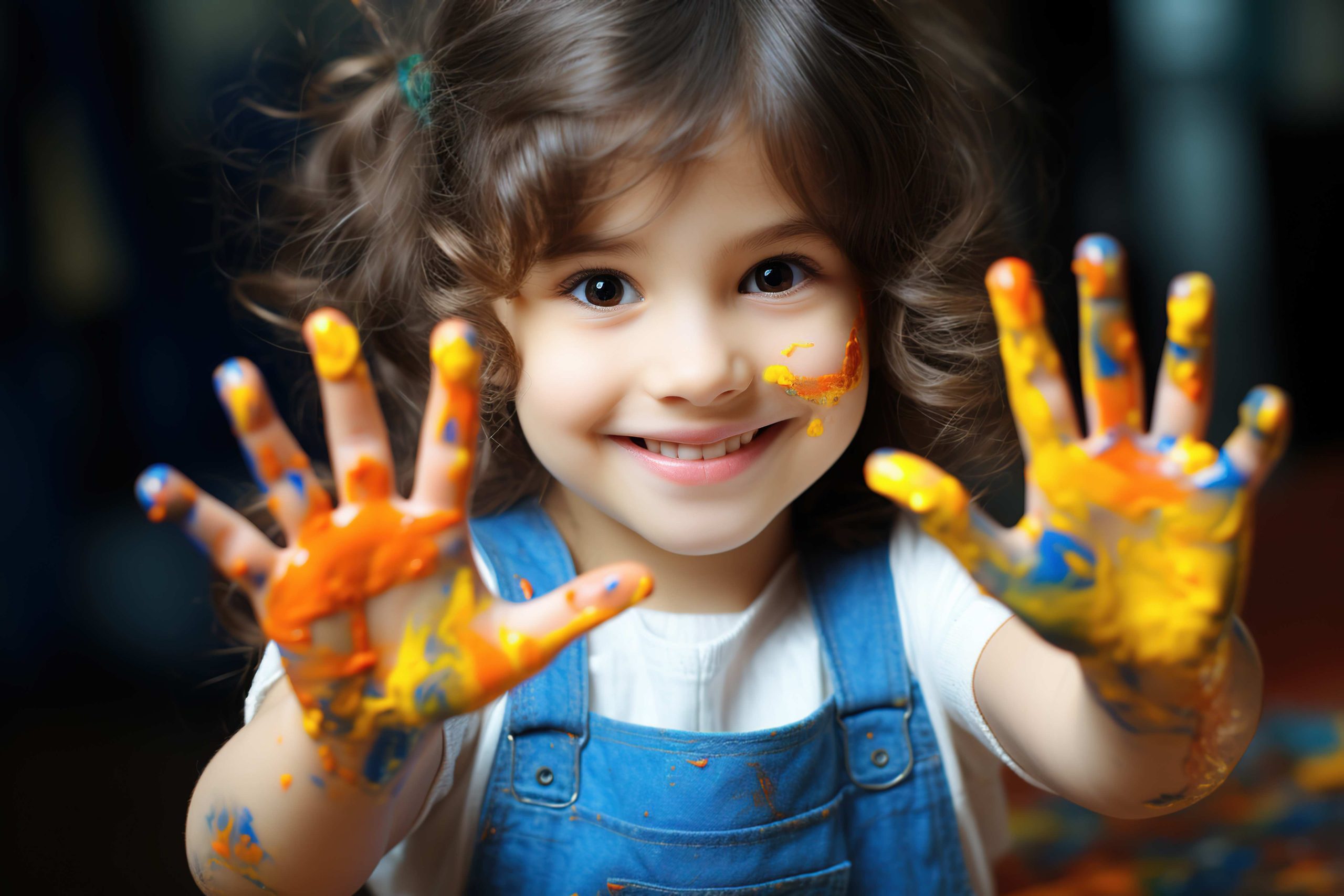
Designing a Creative Preschool Classroom: Tips and Strategies
Creating a vibrant and engaging preschool classroom is both challenging and rewarding for early childhood educators. It requires thoughtful planning and creativity to design a space that is safe, stimulating, and age-appropriate for young learners. This article aims to offer practical advice on how to cultivate an environment that fosters the growth and development of preschoolers.1. Harness the Power of Color
Color plays a crucial role in shaping the atmosphere of a preschool classroom. Vibrant hues like red, yellow, and orange can evoke feelings of joy and excitement, but it’s important to balance them with soothing shades like green and blue to prevent overstimulation. Using colors strategically can help delineate different areas within the classroom, such as a calming reading nook or an energetic art corner.2. Embrace Natural Elements
Incorporating natural elements such as plants, flowers, and wooden toys can create a nurturing and inviting atmosphere for preschoolers. Plants not only beautify the space but also improve air quality, benefiting the health and well-being of children. Wooden toys offer durability and sustainability while stimulating sensory exploration and imaginative play.3. Foster Active Play
Physical activity is essential for the development of preschoolers, so it’s vital to provide ample space for active play. Designate an area with soft mats and cushions where children can run, jump, and play freely. Including climbing structures and balance beams encourages gross motor skill development and spatial awareness.4. Establish a Cozy Reading Corner
Creating a comfortable reading nook in the classroom encourages a love for books and literacy. Furnish the area with cozy seating options like beanbags and cushions, and adorn it with colorful rugs and posters. Ensure the selection of books is age-appropriate and engaging, fostering language skills and imaginative thinking.5. Showcase Children’s Artwork
Displaying preschoolers’ artwork on the walls instills a sense of pride and accomplishment in their creative endeavors. Whether on a dedicated art wall or integrated throughout the classroom, showcasing artwork promotes creativity, self-expression, and self-esteem.6. Encourage Imaginative Play
Imaginative play is a cornerstone of early childhood development, facilitating social, emotional, and cognitive growth. Create a dramatic play area stocked with costumes, props, and accessories, allowing children to explore different roles and scenarios. This not only sparks creativity but also enhances language, problem-solving, and social skills. Every child is unique, with diverse needs and preferences, so it’s essential to observe and adapt the classroom environment accordingly. Collaboration between teachers, parents, and preschoolers is key to creating a dynamic and inclusive preschool classroom. Remember, the goal is not just to create a visually appealing space but also to foster meaningful relationships and experiences that support children’s holistic development.The Role of Creativity in Preschool Education
Creativity is a fundamental aspect of early childhood education, offering numerous benefits for preschoolers’ development. By encouraging exploration and experimentation, creative activities cultivate problem-solving skills, critical thinking, and imagination. Moreover, creative expression through art, music, and drama promotes social-emotional development, allowing children to express themselves and understand others.Designing a Nature-Inspired Classroom
Incorporating natural elements into the classroom enhances the learning environment, fostering curiosity, calmness, and connection with the natural world. By integrating plants, rocks, and natural light, educators create a warm and inviting space that promotes exploration and discovery. Nature-inspired classrooms also promote environmental awareness and physical development through outdoor exploration and active play.The Importance of Play-Based Learning
Play is essential for preschoolers’ development, offering opportunities for exploration, experimentation, and social interaction. Through play, children develop cognitive, social, and physical skills, preparing them for future success. By providing diverse play experiences, educators support children’s individual interests and abilities, fostering creativity, problem-solving, and collaboration.Creating Defined Spaces in the Classroom
Designated areas in the classroom promote organization, routine, and autonomy, essential for preschoolers’ development. By delineating spaces for reading, art, dramatic play, and sensory exploration, educators facilitate smooth transitions and encourage self-regulation. These defined areas also promote creativity, social interaction, and skill development through diverse activities and experiences.The Benefits of Sensory Play
Sensory play engages preschoolers’ senses and promotes cognitive, physical, and social-emotional development. By offering opportunities to explore different textures, smells, and sounds, educators support language development, motor skills, and emotional regulation. Sensory play fosters creativity, curiosity, and problem-solving, enriching children’s learning experiences.Embracing Active Play
Active play promotes physical health, cognitive development, and social skills in preschoolers. By providing opportunities for running, jumping, and climbing, educators support gross motor skill development and spatial awareness. Active play also fosters creativity, resilience, and teamwork, preparing children for lifelong learning and healthy living. Designing a creative preschool classroom involves careful planning, imagination, and attention to children’s needs and interests. By creating a welcoming and stimulating environment that prioritizes exploration, play, and relationship-building, educators empower preschoolers to thrive and reach their full potential.

